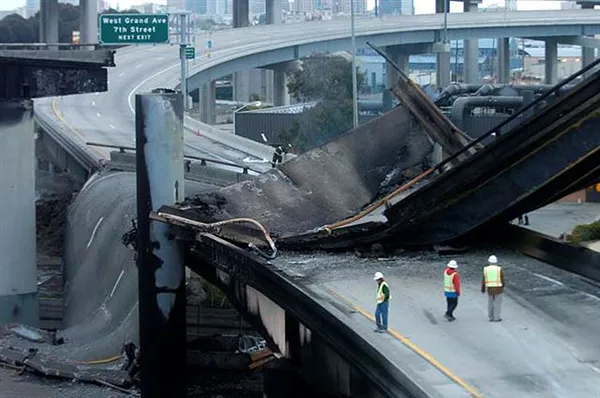A construction industry task force is being assembled by the American Road & Transportation Builders Association (ARTBA). This group includes key industry leaders who will chair the ARTBA MAP-21 funding/implementation task force. Top executives from the Kiewit Corporation and Lane Construction will join a former executive director of the Federal Highway Administration (FHWA) in leading ARTBA’s transportation panel. The group will spearhead the association’s efforts to secure additional federal investment fo
August 1, 2012
Read time: 2 mins
A construction industry task force is being assembled by the American Road & Transportation Builders Association (ARTBA). This group includes key industry leaders who will chair the ARTBA MAP-21 funding/implementation task force. Top executives from the Kiewit Corporation and Lane Construction will join a former executive director of the 2410 Federal Highway Administration (FHWA) in leading ARTBA’s transportation panel. The group will spearhead the association’s efforts to secure additional federal investment for the recently enacted highway and transit program law, MAP-21. It will also work with federal, state and local agencies on the implementation of the new law. ARTBA chairman Paul Yarossi, president of 3474 HNTB Holdings, announced the industry members of the group. These are Scott L Cassels, president of the Kiewit Infrastructure Group and executive vice president of the Kiewit Corporation, Robert E Alger, president and CEO of Lane Construction, and Frederick G (Bud) Wright, a Virginia-based transportation consultant and the former top FHWA executive. They will co-chair Trans2020, ARTBA’s MAP-21 Policy Promotion, Implementation & Funding Enhancement Task Force.
Yarossi said, “Our job is not done. MAP-21 was a good first step. Step two is ensuring the new law is properly implemented to focus federal dollars on meeting national transportation goals in a transparent and accountable way. The third—and critically important—step is getting Congress, finally, to step up and fund the federal transportation capital investment program properly with a sustainable and robust dedicated revenue stream.”
Yarossi said, “Our job is not done. MAP-21 was a good first step. Step two is ensuring the new law is properly implemented to focus federal dollars on meeting national transportation goals in a transparent and accountable way. The third—and critically important—step is getting Congress, finally, to step up and fund the federal transportation capital investment program properly with a sustainable and robust dedicated revenue stream.”






